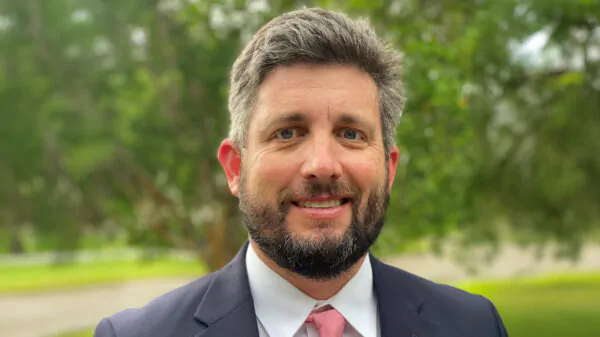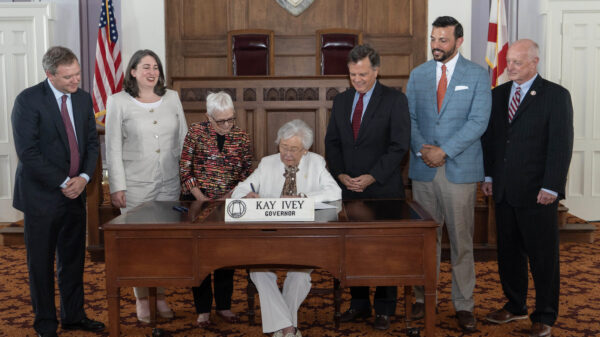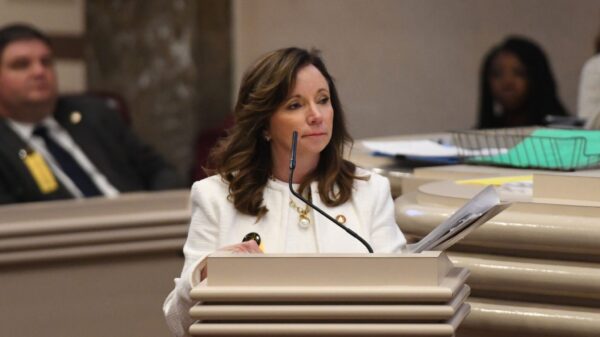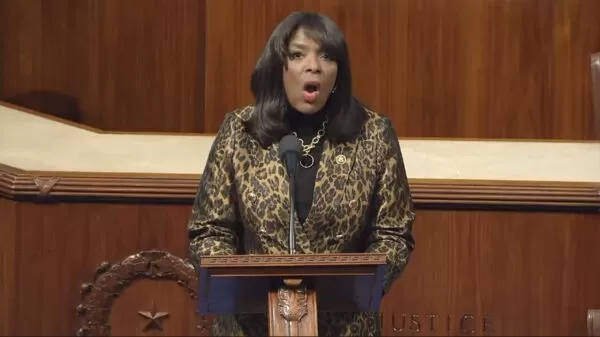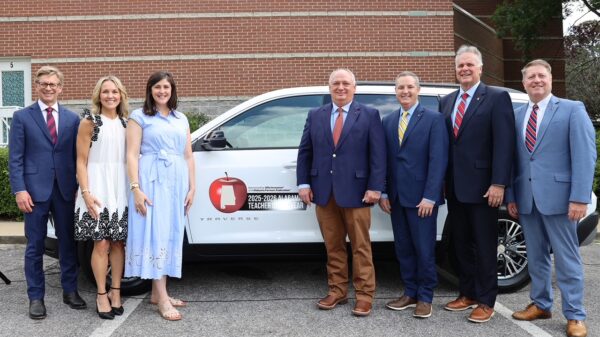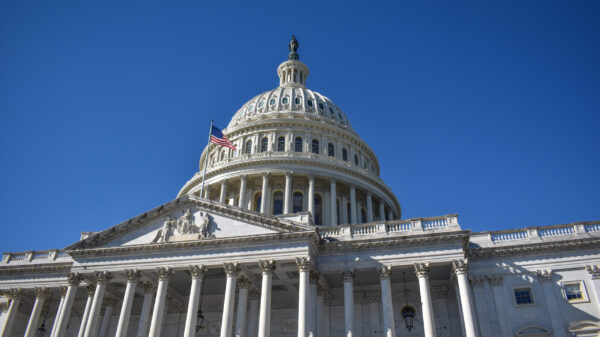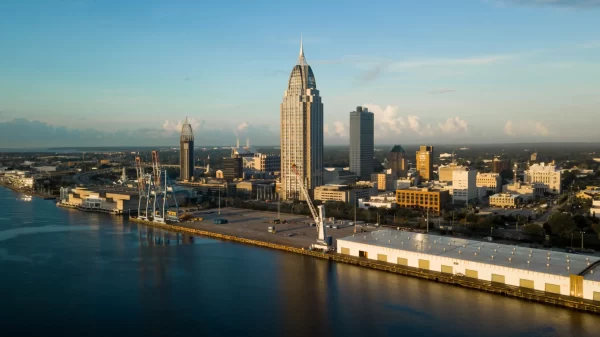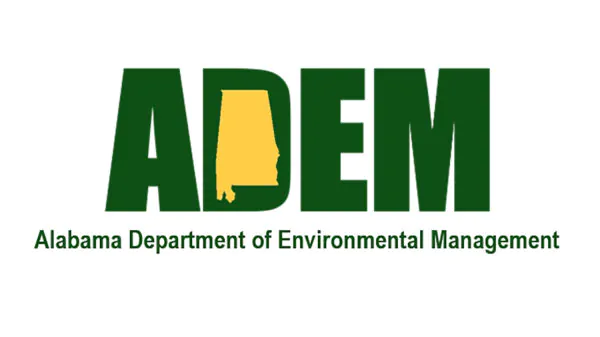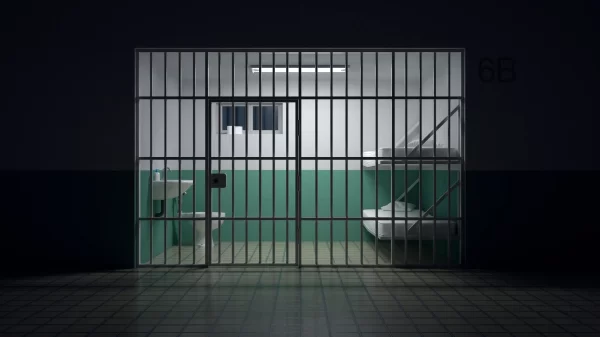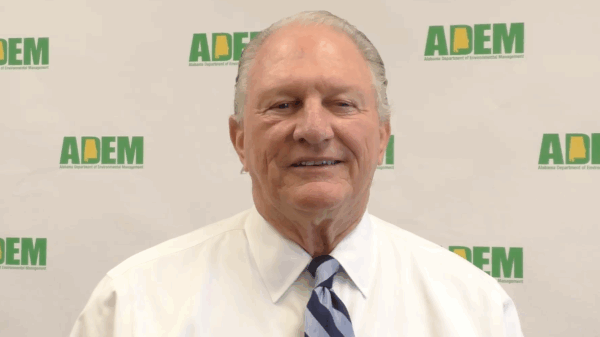Three years ago this month, I made a promise to the people of this state that the Alabama Department of Environmental Management will do everything within its power to ensure the plans by power companies to close and secure their coal ash ponds will protect our land and water resources now and in the future.
Despite recent contentions to the contrary, we have kept our promise.
All the actions ADEM has taken since – and even before then – were to make sure the millions of tons of coal combustion residuals (CCR), or coal ash, that had accumulated over decades in massive impoundments at the power plants are dealt with in a safe, responsible and effective manner.
We have involved the public in every step.
During the Obama administration, the U.S. Environmental Protection Agency adopted a federal rule governing CCR following the 2008 collapse of a TVA coal ash impoundment in Tennessee. That rule took effect in 2015.
Three years later, the Alabama Environmental Management Commission approved state regulations based on the federal EPA rule.
The goal of both the federal and state rules is to provide guidelines for closing the CCR ponds so they no longer pose the threat of a spill, and to prevent or reduce groundwater impacts due to contaminants that leach from the sites.
In our rulemaking process, ADEM held public hearings, provided public comment periods, and consulted regularly with EPA to make sure we got it right. ADEM’s regulations mirrored the federal CCR regulations. In fact, ADEM’s regulations were developed and revised in consultation with EPA over several years.
EPA has stated the ADEM rule meets all federal requirements and is at least as protective as the federal rule.
Both the EPA and state rules provide the electric utility operators two options in closing the CCR ponds: they can excavate the millions of tons of CCR and either move it to a lined landfill or find another use for it; or they can cap in place.
ADEM does not and cannot dictate to the power companies what method they must use. Alabama Power, PowerSouth and TVA all chose to cap in place, which they had the right to do.
Generally, with cap in place, the utility will remove the water from the CCR ponds and treat it. They will then move the residuals to a smaller footprint farther away from waterways, build barriers to prevent flooding, and cover the impoundments to keep the contents in place and water out. Finally, any groundwater contamination will be remediated, and a groundwater monitoring system will be installed to continually test groundwater quality.
ADEM’s role is to ensure their plans meet all federal and state standards and provide the safeguards necessary to prevent spills and protect both waterways and groundwater.
My pledge to hold the power companies to the stringent standards came as ADEM prepared to hold the first of a series of public hearings on the utilities’ CCR permit applications. The hearings allowed the public – residents, environmental groups and others – opportunities to weigh in on the proposed permits.
After careful analyses and consideration of public comments, ADEM’s engineers and scientists determined the plans did meet the required environmental protection standards.
Of course, not everyone was happy with our decision. That is no surprise, considering that some environmental groups are often at odds with regulated industries on permitting issues.
What is surprising, however, is EPA’s new stance in opposition to our state program.
What changed?
Not ADEM. We did not weaken or soften the state CCR regulations. Nor did we detour from the requirements of the federal CCR rule.
What did change was EPA’s interpretation of its own rule. The agency now contends that Alabama’s CCR closure permits are not as protective as the federal regulations on which they were based, and it proposes to reject Alabama’s CCR permitting program.
EPA’s new interpretations are being widely challenged on many fronts – legally, environmentally, economically, practically, and how they potentially adversely impact disadvantaged communities.
However, I do want to make another promise to the people of Alabama.
Although we cannot predict how the challenges to EPA’s new interpretations will end, ADEM CCR regulations and closure permits will comply with all federal regulations and court rulings now and in the future.
After all, ADEM’s goal remains the same – to ensure coal combustion residuals are timely, safely and properly disposed of in a manner that protects public health and the environment.










